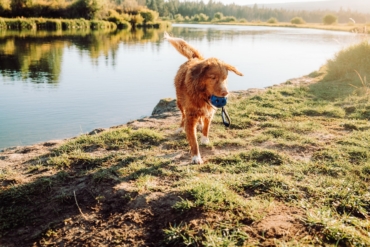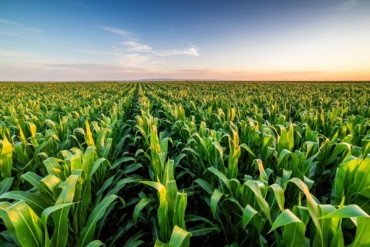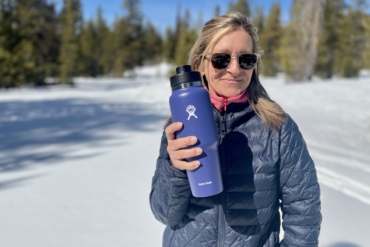This column is part of a series of gear reviews based on tests in the 2011 Wenger Patagonian Expedition Race, a weeklong competitive event in southern Chile. The race stretched 300+ miles and included trekking, kayaking, climbing, mountain biking, and wilderness navigation. Team GearJunkie.com took second place.
“What do you eat out there?” That’s a common question I get from readers about my diet while participating in events like the Wenger Patagonian Expedition Race, which lasted a week and required three food drops over a 300+ mile course. The broad view is that most racers in long endurance events take in 5,000 to 7,000 calories a day. You don’t eat meals, you snack all day long. My personal goal is to eat between 200 and 300 calories per hour — hour after hour as I race.
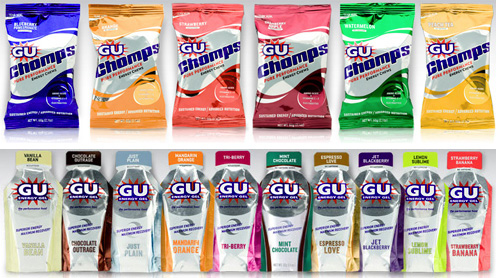
To get all the food into your body, you need to like what you eat. Variety helps there. You also need to know how many calories and what kind of nutritional package you’re getting with each type of food.
For the Wenger Patagonian race, I organized about 90 percent of my food at home. I packaged up 10 bags, each representing one day on the race, with a load of food. In each day-size bag there were energy gels, bars, nuts, candy, dry fruit, and other goodies.
My team used traditional “energy food” as well as grocery store items. Sure, GU and Clif SHOT gels are great, quick energy. But in a long race you can only eat so much soy, cane sugar or maltodextrin-based goo.
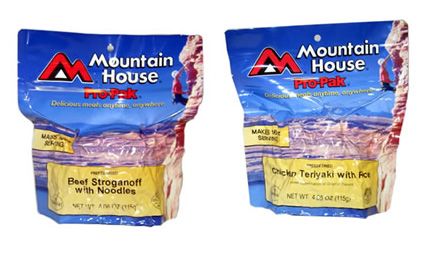
At the long, slow pace of an endurance race, sweet tastes quickly become old. The body craves salt and “real” foods like meat sticks and cheese. Salted nuts work, too.
Dehydrated or freeze-dried food from companies like Mountain House and AlpineAire are wonderful. These food packets come in tons of flavors and types, with soups, pastas, stews, and breakfast items included. Most recommend hot water to be poured in to soften and reconstitute the dehydrated bits inside the bag.
In Patagonia, we did not bring a stove. Instead, we used cold water to “cook” our freeze-dried food. It takes a bit longer to soften up, but we found that after about a half-hour of soaking the dinners were softened and ready to eat.
My favorite product in this realm was the Mountain House Pro-Pak meals, which are vacuum-packed bags with enough food for one “meal” for one person inside. I toted along two or three bags for most days. They weigh just a few ounces and cost about $6 a pop. With flavors like Beef Stroganoff, Chicken Teriyaki with Rice, and Chili Mac you cannot go wrong.
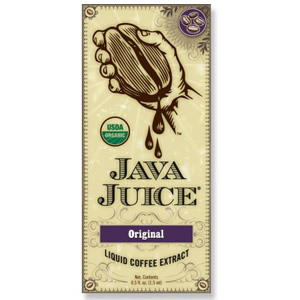
The Pro-Pak meals have several hundred calories apiece. On the race, I would add water, reseal the bag, and then let it sit in a backpack pocket for 30 or 40 minutes. When ready, I’d eat it caveman style with my hand or squeeze it out of the bag like a giant, salty energy gel right into my mouth. Manners go out the window entirely in a race like this!
Other non-traditional items in my food stash included pudding cups, chorizo meat sticks and hard cheese (both purchased at a Chilean grocery store), croutons, rice crackers, pumpkin seeds, syrupy fruit cups, Ensure energy shakes, and Java Juice coffee extract packets for making a brew on the go.
More standard, I brought along a stock of energy food from GU and Hammer Nutrition. GU energy gel has been a longtime staple for fueling my body. The easy-to-eat packets are 100 calories apiece, and their formulation provides quick, noticeable energy when your body is low on power.
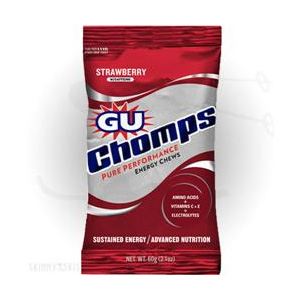
More palatable even, GU’s Chomps are gummy energy chews. They have about 100 calories per pack. Even after days of racing, I still liked to eat these fruity, candy-like treats.
Hammer Nutrition has some excellent energy food. The company’s gels are palatable and easy to eat, but nothing out of the ordinary. Hammer Bars, in contrast, are awesome and unique. They cost $2.50 apiece and come in Cashew Coconut Chocolate Chip, Almond Raisin and Chocolate Chip flavors.
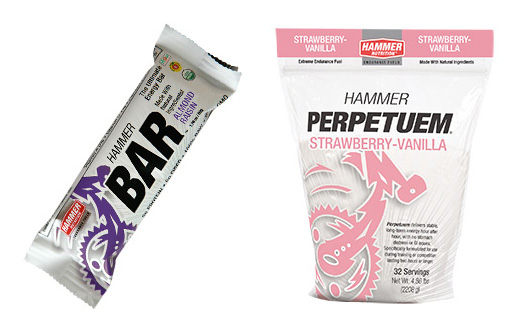
Hammer bars are soft and easy to eat, and they are not overly sweet. They taste nutty and have ingredients like agave nectar and quinoa — a great alternative and a nice change of pace for the energy bar category.
One more Hammer callout. . . the company’s Perpetuem drink mix is a “meal you can drink” kind of thing. These powder packet stir into water to make a creamy brew that has about 270 calories. Great quick energy out there, and good tasting to boot.
Last, I need to give a nod to Honey Stinger. This small energy-food company has some crazy good products. The company’s bars and gels, which come in many flavors, are all good and all very sweet. They are made with honey, as would be expected, and the bee juice provides a quick shock of sugar to the bloodstream when you’re running on low.
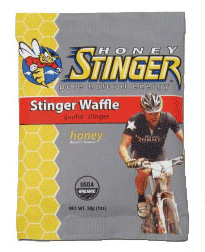
The king of Honey Stinger’s line is its Stinger Waffles. These unique delectables are modeled after stroopwafels, which are traditional baked pastry treats widely for sale in Europe. Stinger’s take on the stroopwafel is a thin disc with two hatch-marked halves and a honey concoction in between. Yum.
Energy food has come a long way in recent years. Eating well in the outdoors — be it an endurance race or backpacking in a state park — is no longer a tough deed. I was satisfied in Patagonia and energized for days. On a long race, eating becomes a chore. But with some creativity and savvy shopping, you can make a perfect expedition menu.
—Stephen Regenold is founder of Gear Junkie. Read more on Team GJ’s experience in the Wenger Patagonian Expedition Race at GearJunkie.com/Patagonian-Race. A version of this post ran originally on Gear Junkie’s blog on VentureThere.com.



